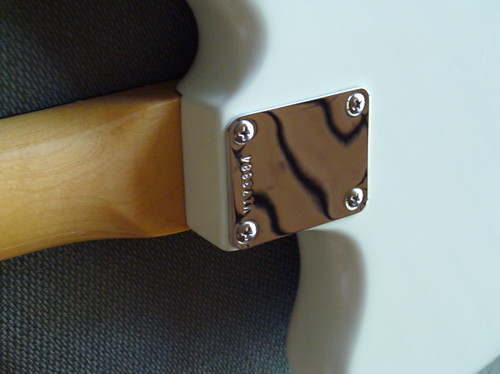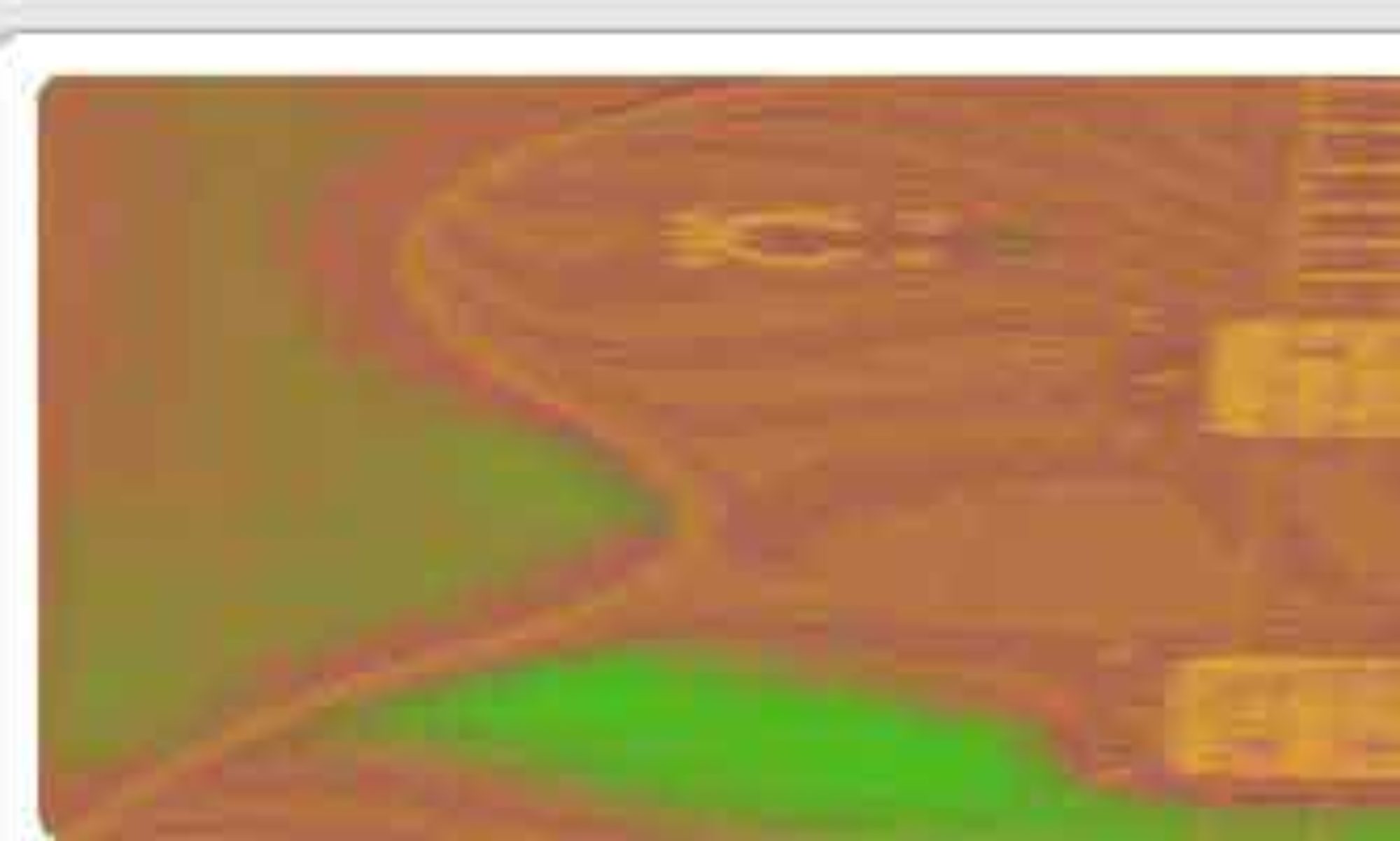
NOTE: THERE IS A NEW POST WITH TABS ON THIS TOPIC!
Musicians have to learn scales, for scales are the raw material of melodies as well as the raw material of improvised solos.
For psychedelic music one might denote certain scales, but it won’t suffice to just climb them up and down, as one will have to learn how to use these notes.
From my own experience I would recommend the mixolydian scale. Listen to, for instance, “Ride my see-saw” by the Moody Blues. The solo (near the end) is pure mixolydian. But there is no scale reserved for psychedelic styles. So all the scales common in rock music, above all minor pentatonic, if played in a certain way, will sound psychedelic.
So what are these ways of playing? As a hint, you can read this former post.
Or, listen to this former sound track, using the mixolydian scale.
Keep in mind Indian music had a great impact on sixties’ music, especially around 1966/67. Modal soloing over a droning root can be a key to sounding psychedelic. One of the most efficient playing techniques is the use of just one string, regarding the guitar as a sitar. Crazy vibratos, whammy bar effects, and slides add to an overall oriental impression. Oriental sounding scales, such as harmonic minor or phrygian, enhance that effect. Bendings, at times combined with additional vibrato, and double stop bendings on strings g and b are very common.
There is no particular guitar or amp or scale or substance needed (though it might help), for psychedelic music is an attitude. It emanates from a surreal mindset. Studying surrealism is a good starting point.
A fine analysis of psychedelic music styles (with reference to surrealism) is found in Tim Ellison’s book “The band are not quite right” (free download). Thanks to “psy-curious” who led me there!

Appendix: examples of the above mentioned scales in the key of A:
Mixolydian: a-b-c#-d-e-f#-g-a. Minor pentatonic: a-c-d-e-g-a. Harmonic minor: a-b-c-d-e-f-g#-a.Phrygian: a-bb-c-d-e-f-g-a.

I love soloing over a droning root. Droning root music is my favourite. To me it is Celtic and Eastern/Indian. I have an entire song I composed using the E as droning root and getting the sitar effect. I’ll see if I can send it to you or maybe even post it one day on my blog. As I read yours today I thought: it’s so educational for musicians, for other guitarists. If I come across anyone trying to learn guitar I will send them here.
Thank you! I guess my profession as a teacher came through in this post…
Please send me your song!
Hi Gary, I kept saying to myself that i should check out your site again. I did not realise that it was so diverse ! I also have a great fondness for improvising over a sustained chord or drone. It becomes a form of meditation. I think it was a piece by Steve Reich where sustained chords played on the organ yielded some enjoyable improvisations.
Learning and practising scales is part of being a musician, but sometimes the most interesting things happen when you step outside a particular scale, – perhaps only briefly in order to create tension and dissonance. And if we take things further, there can be quite powerful effects on the listener by deliberately avoiding harmony all together. For example in experimental music for say horror or science-fiction films. I composed some very strange ‘music’ a few years ago using a diy tone generator, and the results were like the early experiments of the German band Cluster.
By the way, I was very interested in your modified Ibanez SG.
Hi Gary, I was scrolling very fast down one of your pages and the writing was a complete blur. The name Larry Young popped into my mind. I slowly went back up the page and there he was ! I remember how I used to jam along to the Devotion album in the early 1980s.
I have sent some mp3s, but apparently there has been some email problems. If you did not receive them I will try again.
Hallöchen
Hervorragender Post. Da hat mich Google mal wieder an einen hervorragenden Blog geschickt.
Viele Grüße aus Bantai
Indian Music is really cool and some of it are great dance music too.,’;